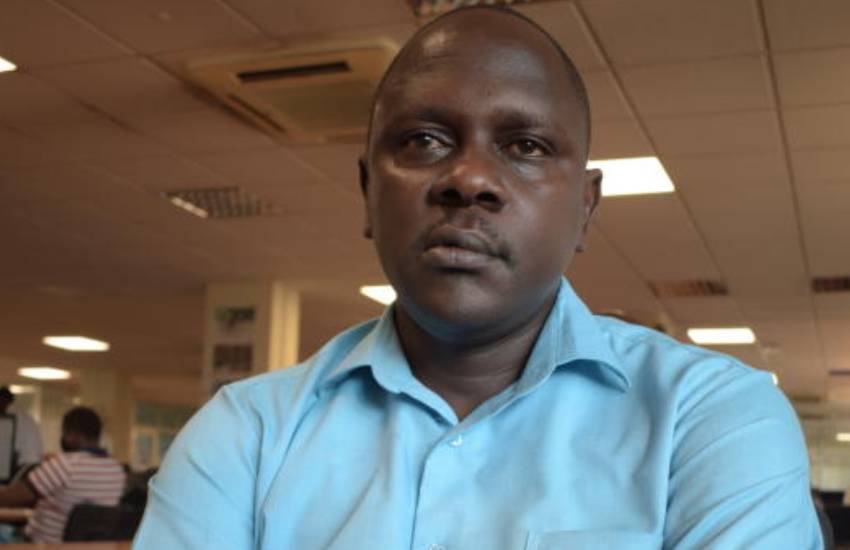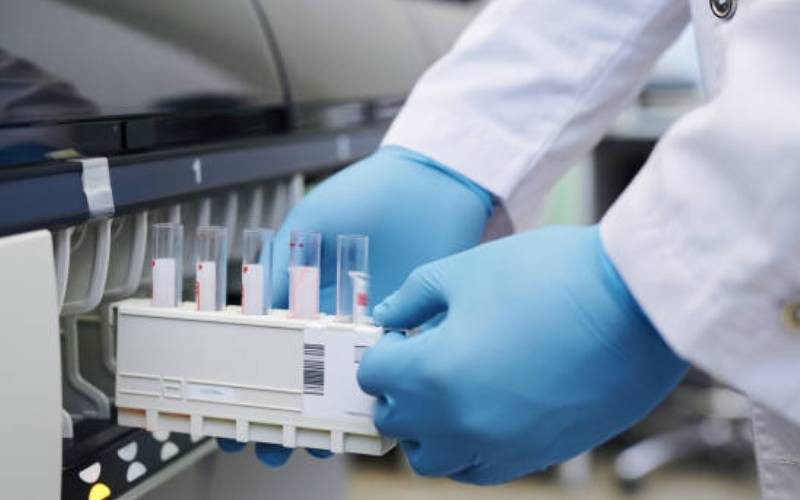
Martin Mwita, a journalist at The Star reported to work one morning this January, but was given a sick off after developing flu that worsened by the hour. The flu was gone the following day, but his face was misaligned on one side.
“My mouth had turned one side, and the left side of the face had dropped. The left eye was continuously shedding tears,” recalls Mwita, who was told by a doctor that a viral infection, caused by the flu, had affected his facial nerves, which had either become inflamed, swollen or compressed. “That is when I first heard of the word Bell’s Palsy,” says Mwita.
Dr Judith Kwasa, a neurologist and physician, explains that Bell’s Palsy typically occurs after an insignificant throat infection, usually of viral nature. “The preceding throat infection may be mild and recover spontaneously, and then a few days or weeks later, one side of the face is noted to droop, with the mouth twisting to the stronger side,” explains Dr Kwasa, who is also a lecturer in the Department of Clinical Medicine and Therapeutics, School of Medicine, University of Nairobi.
Symptoms of Bell’s Palsy syndrome include a sudden asymmetry of the face. “On the affected side, the eye may not close properly. It may feel dry or be too teary. It may feel irritated due to inability to close properly. The mouth will seem to twist to the opposite side. The patient will have difficulty holding fluids in the mouth. The patient may keep biting the inner cheek on the weak side while eating. Food may taste different. Hearing on the affected side may be different,” Dr Kwasa says, adding that there may also be a dull pain at the back of the affected ear.
Diagnosing Bell’s Palsy
Diagnosing the Bell’s Palsy, according to the neurologist, is purely clinical, as “there is no test to diagnose Bell’s Palsy because the condition can seem very similar in the way it presents to a Stroke (a medical emergency). It is best to be seen as early as possible for this to be assessed,” cautions Kwasa.
Bell’s Palsy might appear only once in one’s lifetime, but some patients may have repeat attacks, necessitating a doctor to run tests for diabetes, thyroid disease, Sarcoid disease, a small tumour that sits on the nerve, and even HIV.
Treating Bell’s Palsy
To treat Bell’s Palsy, the affected facial nerve is given time - weeks to months - to regain function. “In the meantime, a short course of steroids is useful to speed up recovery,” says Kwasa. “This is best started early; three to five days of the onset of symptoms. After a week of symptoms, these courses of steroids are usually not needed.”
Martin recalls: “I was placed on Corticosteroids and referred for physiotherapy. I also got eye drops to help with the drying eye on the affected side. I am still in treatment.”
In moderate and severe cases, a short course of an antiviral may also be prescribed. This is also most useful within the first five days of symptoms.
Eye care: The poorly closing eyelid leaves the eye exposed to dust and other elements. This can permanently affect vision. Some artificial tears and an eye patch are prescribed. The patch is taped over the eye at night to keep it closed. An ophthalmological assessment helps pick out any significant damage to the outer covering of the eye early. This can then be addressed to avoid permanent visual injury.
The patient is also placed on physiotherapy to keep the weak facial muscles activated until the nerve eventually recovers.
Dr Kwasa says about “80 per cent to 85 per cent of people with Bell’s Palsy recover fully within three to six months. A small percentage do not gain full power on the affected side, or have unusual, involuntary facial movements on the affected side.”
Mwita has noticed some slight improvement following the treatment, “but I am struggling to pronounce some words. I have a problem with the letter ‘P’. My smile is also yet to come back, as the mouth still shapes to the right whenever I smile.
Treating Bell’s Palsy is not cheap. A physio session alone goes for at least Sh3,800 per session. With an average of three sessions a week, one ends up spending almost Sh11,500. So it comes with financial implications. My employer has been very supportive in taking care of these expenses,” Mwita says.
“Research shows one in 5,000 people can develop Bell’s Palsy, but not many people are aware of its existence,” says Mwita, adding: “It has no specific cause and healing takes up to six months. Being in my second month, I am hopeful I will fully recover.”
Mwita currently struggles with light and wind on the eye of the affected side. “It is always shedding tears whenever it is irritated. My speech has also been affected, and as a journalist, this hampers clear communication, especially during interviews,” says Mwita. “There are days the eye is clogged and I have to use drops and rest for it to clear. I get late to work and meetings whenever this happens. My overall performance has been affected, but it is what it is. I keep going.”
 The Standard Group Plc is a multi-media organization with investments in media platforms spanning newspaper print
operations, television, radio broadcasting, digital and online services. The Standard Group is recognized as a
leading multi-media house in Kenya with a key influence in matters of national and international interest.
The Standard Group Plc is a multi-media organization with investments in media platforms spanning newspaper print
operations, television, radio broadcasting, digital and online services. The Standard Group is recognized as a
leading multi-media house in Kenya with a key influence in matters of national and international interest.











